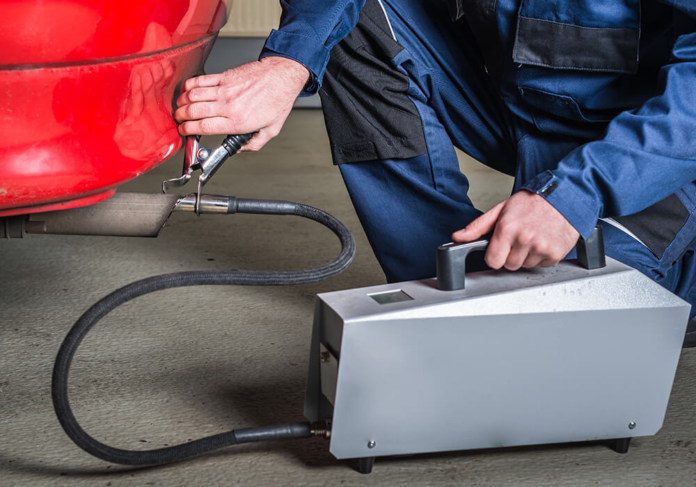As a vehicle owner, one important aspect of vehicle maintenance you may encounter is the smog inspection. Often mandated by local or state regulations, smog inspections aim to reduce air pollution by ensuring that vehicles meet specific emissions standards. This article provides a comprehensive overview of smog inspections, explaining what they entail, why they are necessary, and how you can prepare for one.
What is a Smog Inspection?
A smog inspection, also known as an emissions test, is a procedure used to determine whether a vehicle meets the emission standards set by environmental authorities. This inspection evaluates the exhaust emissions produced by the vehicle and checks for any malfunctioning components that may lead to increased emissions.
Typically, smog inspections are required for older vehicles, those registered in certain areas, or those that have undergone significant repairs. The specific requirements vary by state; some states may require annual inspections, while others may conduct them biennially.
Why are Smog Inspections Necessary?
The primary purpose of smog inspections is to protect the environment and public health. Vehicles are a significant source of air pollution, releasing harmful substances like carbon monoxide, nitrogen oxides, and volatile organic compounds into the atmosphere. By ensuring that vehicles operate within acceptable emissions limits, smog inspections contribute to improved air quality and reduced health risks associated with air pollution.
In addition to environmental benefits, smog inspections can also lead to better vehicle performance. If a vehicle fails the inspection, it usually indicates underlying mechanical issues that may affect its efficiency. Addressing these problems can enhance fuel economy and prolong the life of the vehicle.
Preparing for a Smog Inspection
- Check Your Vehicle’s Maintenance:Before scheduling a smog inspection, it’s essential to ensure your vehicle is in good working condition. Regular maintenance, such as oil changes, air filter replacements, and checking fluid levels, can prevent issues that may lead to increased emissions.
- Know the Requirements:Familiarize yourself with the specific smog inspection requirements in your state. This includes understanding the types of vehicles that need inspections and any exemptions that may apply.
- Check Engine Light:If your check engine light is on, it’s crucial to address this issue before the inspection. A lit check engine light often indicates a problem that can lead to higher emissions and result in a failed inspection.
- Emissions System Check:Ensure that your vehicle’s emissions control system is functioning correctly. This system includes components such as the catalytic converter, oxygen sensors, and the exhaust gas recirculation system. If you suspect issues, it’s advisable to consult a mechanic.
- Drive Your Vehicle:To prepare for a smog inspection, it’s a good idea to drive your vehicle for at least 20 minutes before the appointment. This practice helps bring the engine up to optimal operating temperature, ensuring that the emissions systems function effectively during testing.
What Happens During a Smog Inspection?
During a smog inspection, a technician will connect your vehicle to diagnostic equipment to analyze its emissions. The process typically involves:
- Visual Inspection:Inspecting the vehicle’s emissions system for any visible issues or missing components.
- On-Road Testing:Some inspections may involve driving the vehicle to measure real-world emissions under various conditions.
- Emission Measurement:The technician will use specialized equipment to measure the concentration of harmful gases in the exhaust.
If your vehicle passes the inspection, you will receive a certificate indicating compliance with emissions standards. If it fails, the technician will provide a report detailing the reasons for the failure and the necessary repairs to achieve compliance.
Conclusion
Understanding smog inspections is essential for every vehicle owner. These inspections play a crucial role in maintaining air quality and ensuring that vehicles operate efficiently. By staying informed about the requirements and preparing your vehicle accordingly, you can navigate the smog inspection process smoothly and contribute to a cleaner environment. Regular maintenance and prompt attention to any issues can help ensure that your vehicle meets emissions standards, protecting both your investment and the air we breathe.

